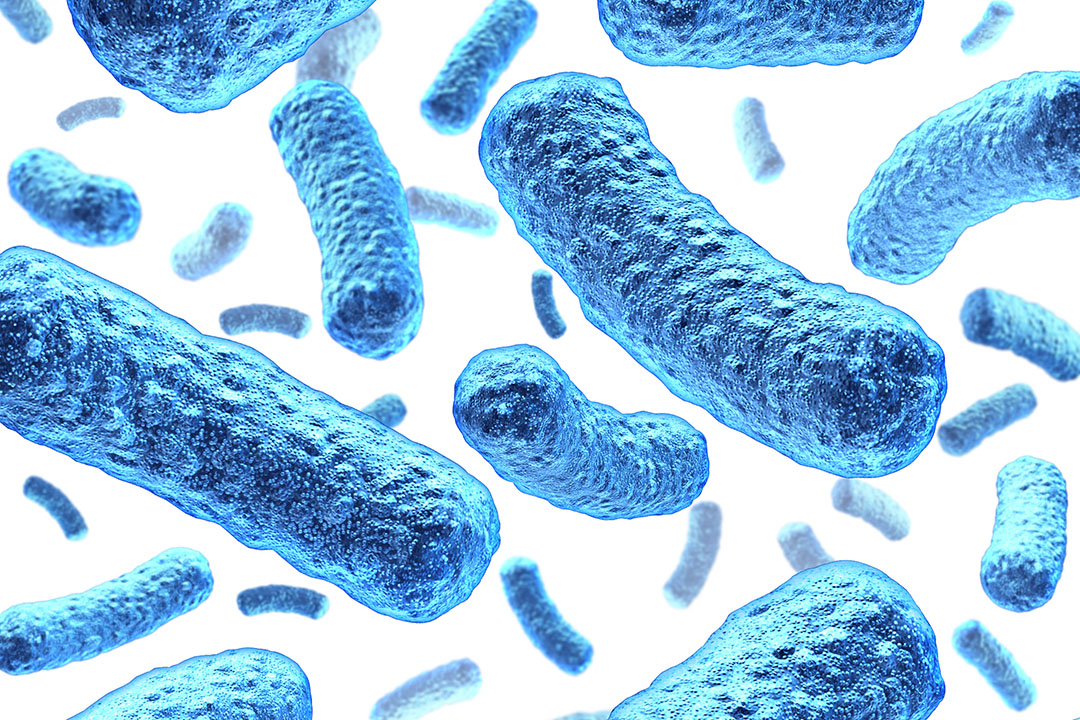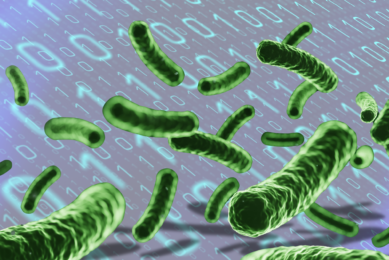Probiotics work with or without antibiotics

Feed additive antibiotics, including ionophores, are effective in broilers but concerns are increasing as a result of development of antibiotic resistant bacteria. Concurrently, interest in the use of probiotics in broiler production is on the rise. Probiotics can benefit poultry by modulating the microbiome without the negative connotations associated with antibiotics.
There are regular debates over whether or not probiotics should be used only for raised without antibiotics (RWA) production systems, which include no antibiotic ever (NAE) and organic production. One myth is that antibiotics provide a performance-enhancing effect by their pure antimicrobial action. Thus, no additional benefit can be achieved with the combined usage of a probiotic and an antibiotic.
The misconception is that the mode of action for each of the products is similar and probiotics aren’t necessary when an antibiotic is used. A second myth is that the simultaneous use of the 2 products will result in the destruction of the probiotic by the antimicrobial activity of the antibiotic. This also is a misperception or over simplification as to the susceptibility of the probiotic bacteria to the antibiotic. In particular, the spore-forming bacteria probiotics are naturally protected against chemical aggressors (acids) or thermal stress. The non-spore forming probiotics, such as the Lactobacillus-based probiotics, could be sensitive. Further sensitivity verification of germinated probiotic bacteria can be analysed by Minimum Inhibition Concentration (MIC) studies (Table 1).
Over the last 10 years Chr. Hansen has conducted many research studies analysing the additive value of the combined usage of a Bacillus based probiotic with a feed additive antibiotic. Those results consistently demonstrate that Chr. Hansen probiotics deliver performance benefits with or without concurrent usage of a feed additive antibiotic, regardless of the type of antibiotic fed. The explanation resides in the different and unique modes of action of effective and ethical Bacillus- based probiotics. Mechanisms of action proven to be associated with these products are: Competitive exclusion (direct and/or indirect), immuno-modulation, bacteriocin production and enzyme production.
Competitive exclusion
Competitive exclusion is a probiotic mode of action that can occur via several different mechanisms. The direct mechanism is the basic space occupying effect of the probiotic on intestinal cells. The result is less space for pathogenic bacteria to populate the gut. The indirect mechanism is through the production of secondary metabolites which affect the immediate environment of the probiotic bacteria. These metabolites result in the proliferation of lactic acid-producing bacteria, which benefit the intestine. Effective Bacillus-based probiotics produce antimicrobial substances that inhibit the growth of pathogens. Growth inhibitory and/or bacteriocidal effects against certain poultry pathogens have been described, based on in vitro analysis of a number of probiotic bacteria. Probiotic strains of Bacillus spp. are shown to be especially effective.
Bacillus licheniformis and bacteriocin effects
Bacillus licheniformis produce lichenysin (antimicrobial peptide). However, it is known that other Bacillus species produce bacteriocins or bacteriocin-like substances, such as subtilin and coagulin. Bacteriocins are cationic (positive charged) peptides that display hydrophobic or amphiphilic properties and, in most cases, the bacterial membrane is the target of their activity. Several models have been proposed demonstrating the mechanism of action of these cationic peptides. The thrust of this action involves the formation of channels through which ions can pass and (or) the disruption of bacterial cytoplasmic membranes This has a lethal effect on bacteria via the formation of pores in the bacterial membrane.
The 3 principal steps required for this effect are:
- binding of peptides to the bacterial membrane,
- peptide aggregation within the membrane,
- formation of channels.
Bacteriocins must cross the negatively-charged outer wall of gram-negative bacteria, which contains lipopolysaccharides (LPS), or the outer cell wall of gram-positive bacteria, which contains acidic polysaccharides. Recently, Chr. Hansen discovered a combination of Bacillus strains, the first to demonstrate the inhibition of gram-negative bacteria such as Salmonella spp. and Escherichia coli. Bacillus-based probiotics can be a factory of digestive enzymes. Those enzymes are released in the intestinal content by the germinated probiotics. Once released they will continue to act locally, transforming the undigestible nutrients into digestible nutrients. Many of these enzymes are summarised in Table 2.
Differences between anti- and probiotics
Antibiotics are chemical molecules acting effectively on specific types of bacteria. Depending on the therapeutic class, the antibiotic affects either the bacterial cell wall, the cellular protein synthesis, or DNA synthesis of the bacteria. Probiotics can have a similar mode of action, (ex: lichenysin of Bacillus licheniformis). However, other beneficial effects on intestinal health associated with probiotics are absent with antibiotics. Antibiotics do not modulate the intestinal immune system and they do not produce enzymes that can digest the undigestible. Also, antibiotics do not occupy space on intestinal cells, thereby naturally excluding pathogen attachment.
Long-term usage of antibiotics may result in antibiotic resistance by pathogens. This complicates the choice for poultry specialists and results in frequent rotation. Chr. Hansen continually evaluates the efficacy of it’s strains with pathogen inhibition assays. So far, there is no development of resistance or acquisition of resistance genes by pathogenic bacteria in relation to a probiotic being used as a feed additive. Studies consistently show an additive effect of probiotics with antibiotics. MIC (Minimum Inhibitory Concentration) studies show compatibility between feed additive antibiotics and Chr. Hansen probiotics. These effective probiotics can be used in raised without antibiotics (RWA) or no antibiotics ever (NAE) production systems, as well as conventional production systems which utilise feed additive antibiotics, including ionophores.
References available on request
Authors: Christophe Bostvironnois, Global Poultry Product Manager and John Schleifer, Technical Services Manager – North America, Chr. Hansen







